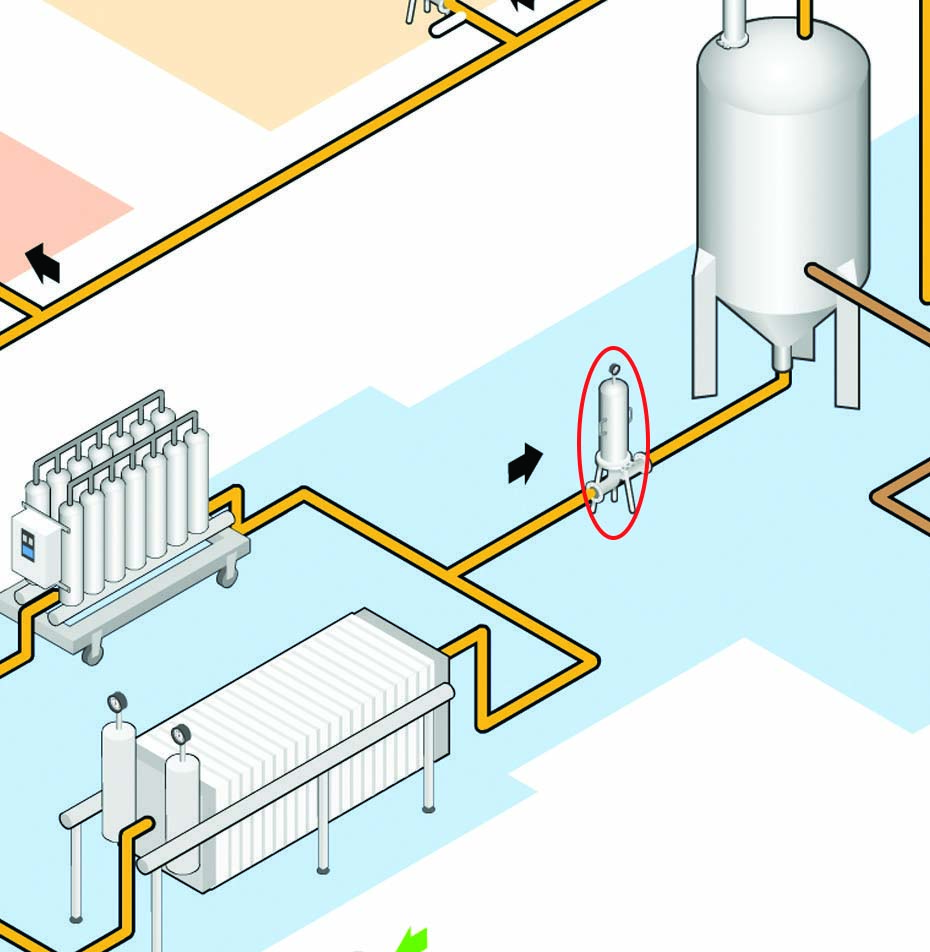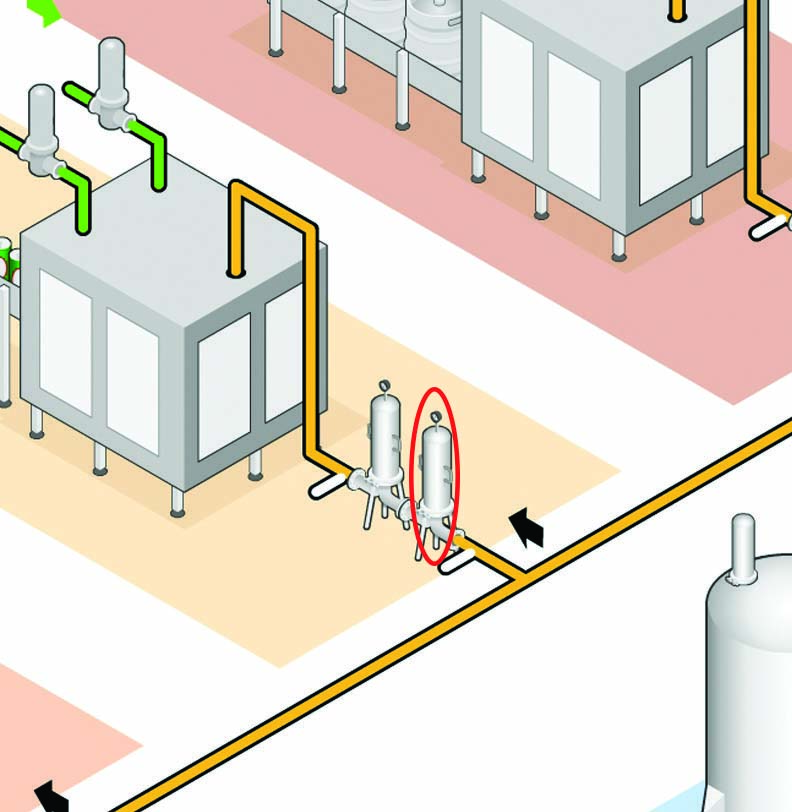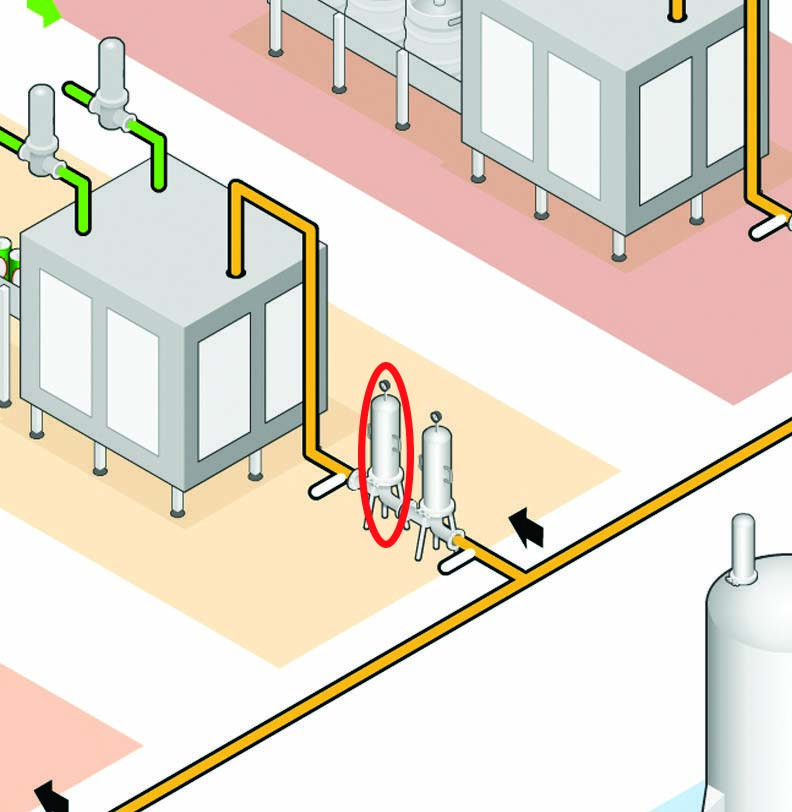Cold microbial stabilization of beer
The microbial stability of beer plays a very important role in the shelf life of bottled beer. Given that manufacturers focus on emerging and sometimes distant markets, it is crucial that beer reaches customers with their intended characteristics.
It turns out that beer, which is filtered to achieve cold stabilization, retains its unique and desirable characteristics more effectively than beer stabilized by so-called lightning or tunnel pasteurization. Cold microbial stabilization also offers a great advantage: the characteristic taste throughout the shelf life of the beer.
As soon as you decide to put the finished beer into bottles, the microbial stability of the beer produced in the brewery must be guaranteed to ensure its adequate shelf life. New markets are emerging and household consumption is increasing. The shelf life of bottled beer therefore plays an increasingly important role.
The unique and distinctive characteristics of the brewery brand require careful selection and a harmonious balance of the ingredients used. These unique characteristics – color, lightness and taste, bitterness or sweetness – must not be affected by any microbial stabilization method prior to bottling.
Cold stabilization is called the final microbiological filtration of beer by a microporous membrane, the purpose of which is to remove residual yeast and typical spoilage microorganisms to extend shelf life. An alternative way of stabilizing beer is pasteurization, which, unlike microfiltration, does not remove yeast or microorganisms, but deactivates (kills) them by heat. Pasteurization also requires higher relative water and energy consumption. Cold stabilization thus represents a more advantageous process of beer protection for breweries and microbreweries.
| Cold Stabilization Part 1. | Cold Stabilization Part 2. | Cold Stabilization Part 3. |



